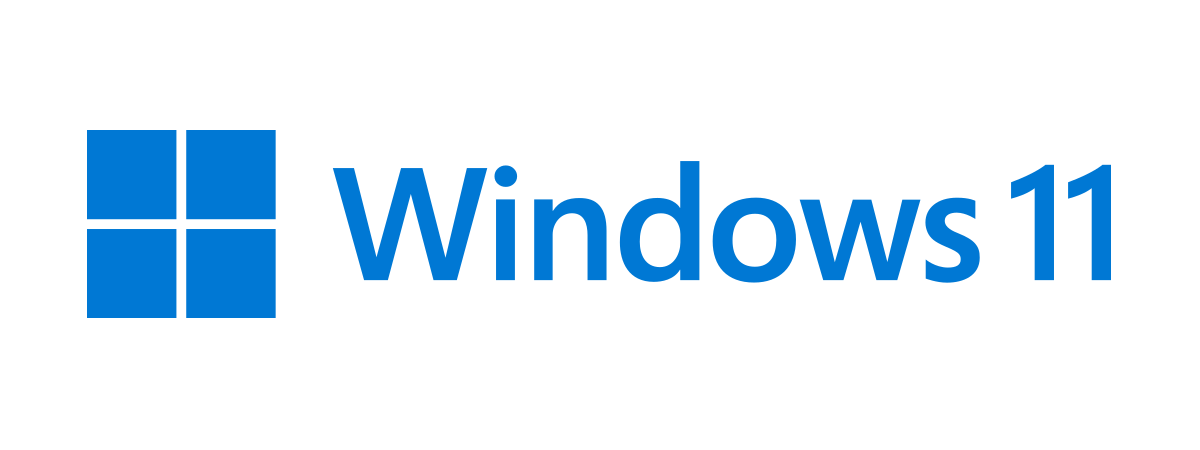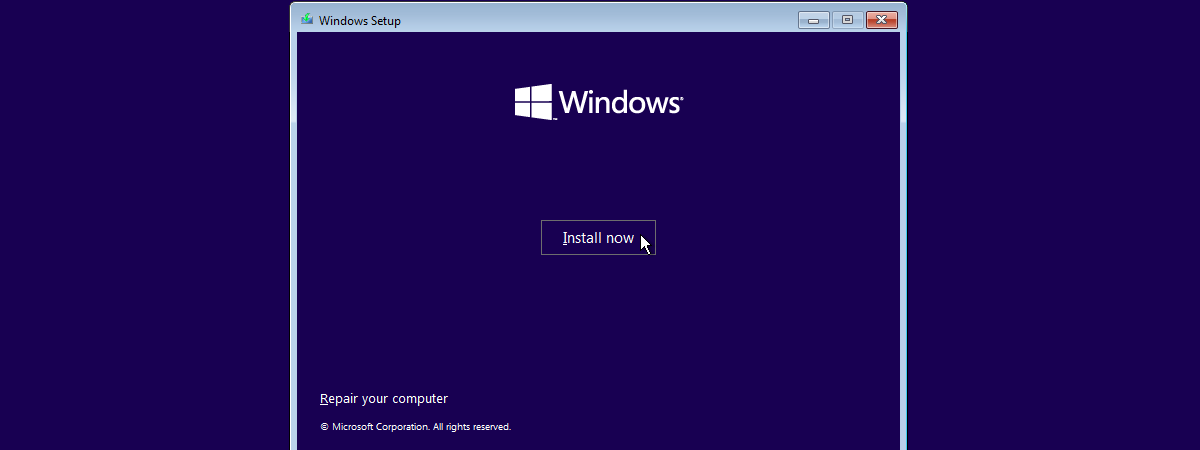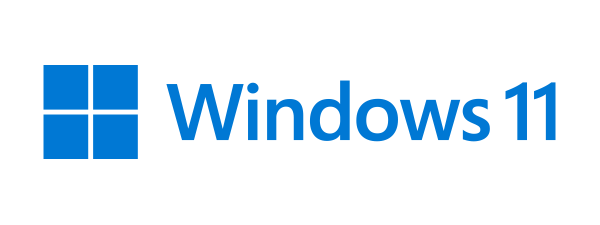
Hello, fellow Windows users! In today’s article, I will rant about Windows 11 and what I hate about it. Yes, that’s right. Because while Windows 11 aims to be a great operating system, it’s definitely not a masterpiece. There are many reasons why you may like it, but there are also reasons why Windows 11 sucks. Things that are missing and we had in Windows 10, things that were better designed in earlier Windows operating systems, and things that are hard to do. Why is Windows 11 so bad that it makes some people wonder if they should switch to using Linux or macOS? Here are some reasons why I and probably many others feel let down by Microsoft and why Windows 11 sucks, at least in some respects:
Design flaws and changes that nobody asked for
Sometimes, Windows 11 feels like an operating system that nobody wanted, nobody asked for, and nobody needs. Windows 10, even with all its mishaps and issues, looks better than Windows 11, and in most cases, it feels faster. The design of Windows 11 makes me wonder whether Microsoft hired a team of preschoolers to draw its interface and expected a bunch of machines to use it. I don’t know about you, but having used each and every version of Windows since Windows 3.1 to Windows 11, I find the design of the latter to be quite inconsistent, confusing, and often annoying. It’s like they took many things that were good and already polished in previous versions and threw them away. The rounded corners, the translucent windows, the centered taskbar, the Widgets that are confined in their own popup window, the new yet boring icons… should I continue?
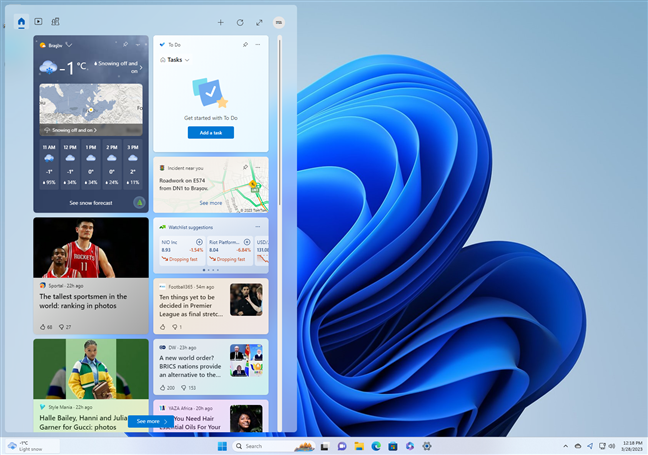
Windows 11 design shortcomings and flaws
Hardware requirements are prohibitive, especially TPM
Though I don’t necessarily hold this against Microsoft, a reason why many people hate Windows 11 is its hardware demands. The company imposes strict system requirements for Windows 11, meaning many can’t install it or upgrade their computers. Besides what we’d call normal requirements for an operating system, such as processor speed, RAM, or storage amount, Windows 11 also has a series of prohibitive requests. Among them, the most disconcerting is the fact that your PC needs to have a TPM 2.0 (Trusted Platform Module version 2.0) chip. Add the fact that its processor must be at least a 2nd Generation AMD Ryzen or an 8th Generation Intel (or one of a few select Intel Core 7th Gen processors). It’s easy to call all of that mandatory on paper, but in the real world, there are lots of slightly older computers that have enough power to run Windows 11, but they simply don’t have TPM 2.0 or one of the supported processors. For example, I had an older laptop with an Intel Core i7 7700HQ processor that ran great and even had a TPM 2.0 chip on it. It would have had no problem running Windows 11, but Microsoft didn’t let me, so I had to make the tough decision of selling it. I’m pretty sure that many people are in the exact same situation, and that sucks!
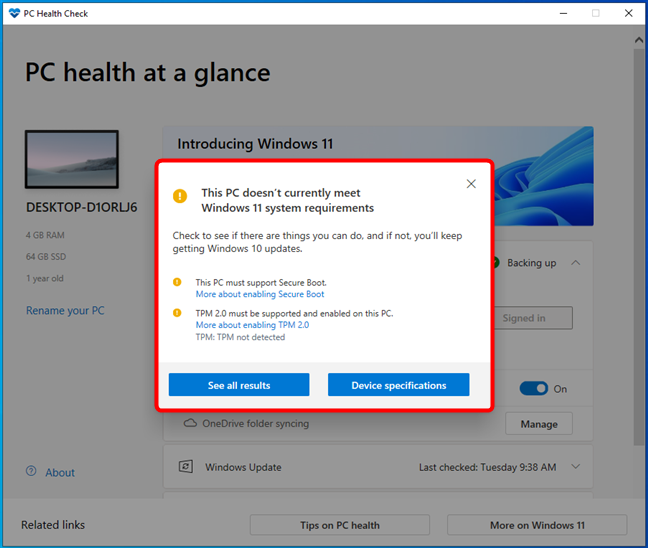
The system requirements are prohibitive
Low performance on entry-level PCs
On the same note, there are many entry-level computers, laptops, and tablets that theoretically comply with all the system requirements of Windows 11. But even if they do, the operating system’s performance is disappointing, as on many of them, Windows 11 is slow, buggy, and unstable. I’ve seen it firsthand on some devices. Long story short, and if you allow me a joke, on entry-level PCs, Windows 11 freezes more than my wife when I turn on the air conditioning.
Is it okay for an operating system to lag more often than a dial-up connection when all you’re trying to do is open its Settings app? Does it make sense for Windows 11 to consume more resources than a black hole just to keep Microsoft Edge running? I’d say no to all that and more: if you value speed, reliability, and efficiency, it’s a nightmare to stare at your PC while it’s taking forever to load apps, boot, install things, and, last but not least, update itself!
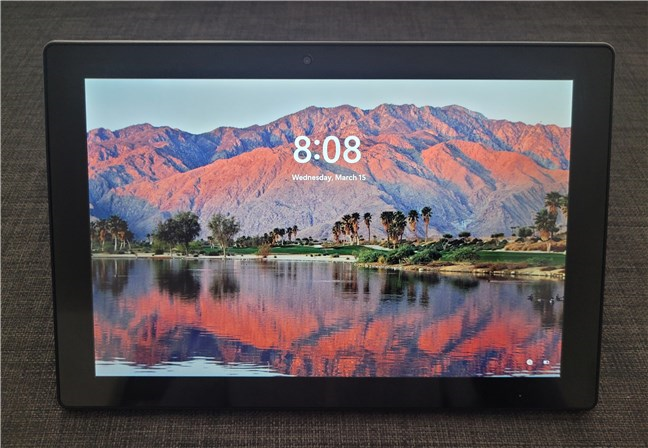
Entry-level PCs struggle to run Windows 11
Key usability features have been downgraded
There are a couple of specific areas where I feel Microsoft did a poor job when designing Windows 11. Even if, over time, some have been improved a bit, they still lack in terms of usability and customization options. These are the things I think of quite often when I say Windows 11 sucks:
Windows 11’s taskbar is less personalizable
Windows 11’s taskbar looks nice with its centered icons and Start Menu, but it feels like a downgrade from Windows 10 in every other way. Windows 11’s taskbar can’t be moved or resized, it can’t be set to show smaller icons, and you can’t ungroup the buttons on it. These are things that you can do with the taskbar from Windows 10, but you can’t do in Windows 11. Who would’ve thought such a flaw would be present in Microsoft’s newest “most modern” operating system?
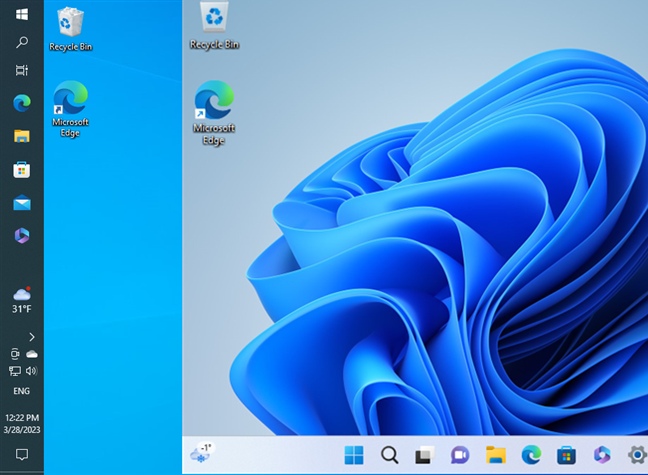
Less customizable taskbar
Windows 11’s Start Menu is oversimplified and lacks features
Likewise, Windows 11’s Start Menu feels like a downgrade from previous Windows versions. Microsoft tried to make it simpler and more focused on what people really use. Unfortunately, they kind of failed. The Windows 11 Start Menu looks a bit more like a smartphone’s home screen, but it’s nowhere near as useful. The live tiles are gone and replaced with simple icons, which is OK except for the fact that I actually liked the live tiles of some Windows 10 apps, like Weather, Mail, or Calendar. Don’t you miss them too?
Furthermore, instead of having something useful in its bottom section, Windows 11’s Start Menu only gives you a few apps and files you recently used. In theory, it might be a good thing, but in practice, I have yet to find how this could be useful to me in any way. I’ve never found the documents I wanted to edit in this recommendations list. The apps I regularly use are already in the Pinned section, which makes the Recommended area of the Start Menu pointless.
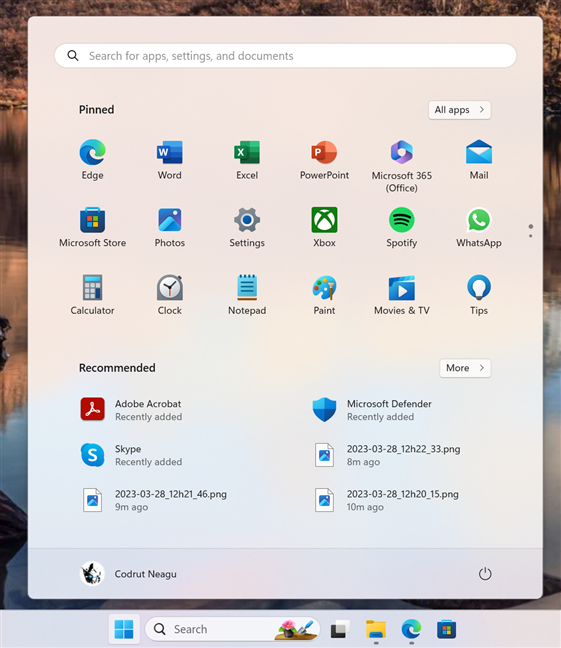
Simplified Start Menu
Another issue is that if you configure the Recommended section not to show anything, it doesn’t disappear to leave room for other sections, and you get a Start Menu that’s partly empty. Is that a good design choice? After all, in Microsoft’s own Feedback Hub, the user request to remove the Recommended section is one of the most upvoted by people.
Windows 11’s user interface requires too many clicks
Some things are not as straightforward in Windows 11 as they are in Windows 10. It might not be a big issue, but it’s an annoying one for many. Take, for example, the way you connect to a Wi-Fi network: in Windows 10, you click/tap on the Wi-Fi button from the system tray, and you get to see the list of available wireless networks. Then, you simply choose the one you want to connect to.
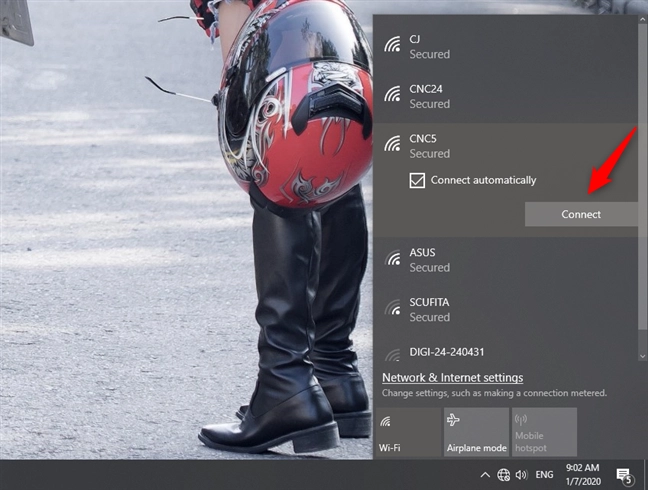
Wi-Fi in Windows 10
In Windows 11, you use the same network button from the system tray, but to get to the Wi-Fi list, you must additionally press the small arrow button next to the Wi-Fi entry.
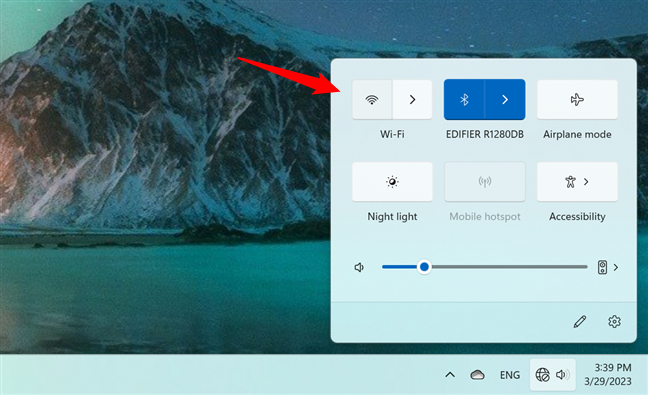
Wi-Fi in Windows 11
Or, as another example, in Windows 10, if you right-click on the desktop or on a file/folder, you get a contextual menu with options to choose from. But no, in Windows 11, doing the same thing only shows you a few options, and to see them all, you have to make another click/tap on Show more options. So instead of one click, you have to click twice, and that’s another reason why Windows 11 is irritating to use, compared to Windows 10.
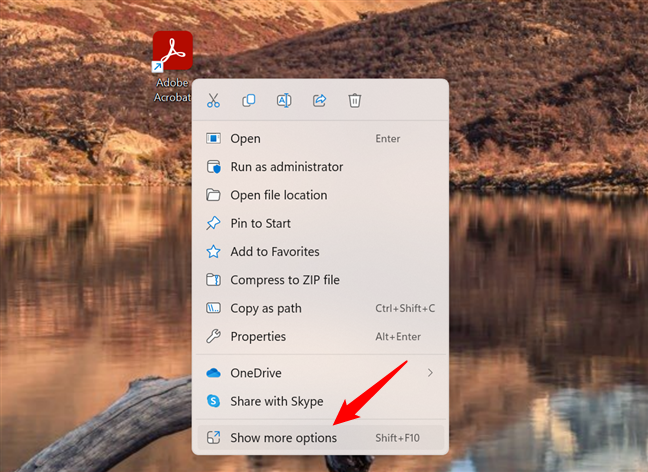
Two clicks to do what Windows 10 allowed with just one click
TIP: If you want to fix this issue, luckily, you can use the fix from this tutorial: How to access and restore the old right-click menu in Windows 11.
Settings still don’t include everything in the old Control Panel
Do you remember when Windows 10 was launched? It was on July 29, 2015. That was the starting date for the touch-friendly Settings app that was and is still struggling to replace the old Control Panel. Until now, Microsoft still hasn’t managed to finish migrating all the tools and settings in Windows 10’s Settings app.
And the bad news is that Windows 11 is just as far behind. While the Settings app in Windows 11 is more streamlined and better in many aspects than the one in Windows 10, it still doesn’t have all the things found in the Control Panel. In other words, the Control Panel is still a thing in Windows 11, an operating system that’s as new and modern as it gets! Not something I expected from it, and definitely not something that I thought I’d be saying almost 8 years after first seeing the Settings app.
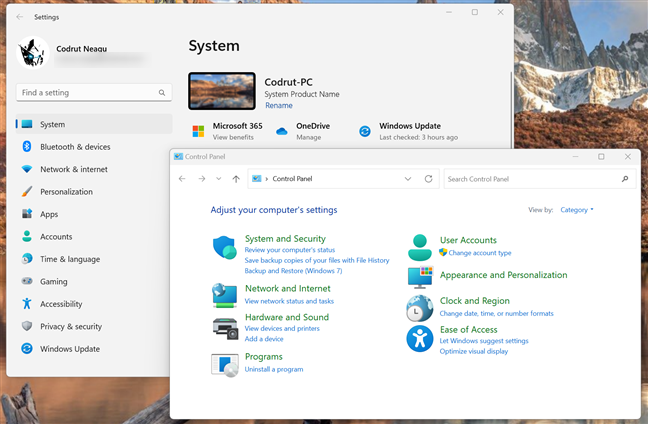
Control Panel is still a thing
Offline local accounts are not available for Windows 11 Home
Are you a fan of cloud services, online accounts, and syncing everything you can on your Windows devices? If you are, then you probably don’t mind using a Microsoft account on each and every Windows 11 computer or device you own. However, if you’re not, or if you intend to use Windows 11 on a PC that’s not connected to the internet, here’s a reason why Windows 11 sucks: you can’t install its Home edition without a Microsoft account or an internet connection. Isn’t that great?
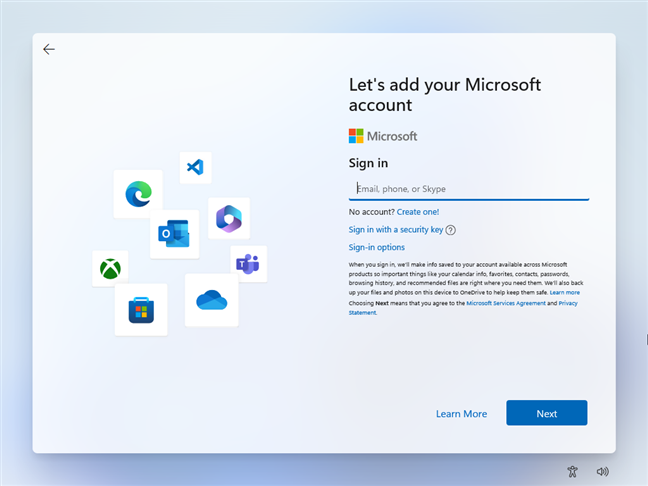
Windows 11 Home requires Microsoft accounts
Only Windows 11 Pro can be used with local offline accounts, and even that requires workarounds. That’s a bummer and an unnecessary restriction on Microsoft’s part, one that I presume the company imposes only to force people to create Microsoft accounts and use more of its services.
Final words: If Windows 11 sucks too much for you, you can go back to Windows 10
If you’ve installed Windows 11 on your computer but found that you can’t stand it, you should know that you can go back to Windows 10. There are two ways to do it, depending on how long ago you upgraded your PC from Windows 10 to Windows 11:
- If you upgraded to Windows 11 less than 10 days before, you could simply roll back to Windows 10. For guidance on this process, check out: How to downgrade Windows 11 and roll back to Windows 10.
- If more than 10 days have passed since you upgraded to Windows 11, or if you clean-installed Windows 11, there’s only one way to go back to Windows 10. And that’s to install Windows 10 from scratch, using the same product key. In case you need help with that, follow this guide: How to install Windows 10 from DVD, ISO, or USB.
While neither of these two choices is great, as they both require additional work, in the end, it might all be worth it if you find out that you really don’t like Windows 11.
In your opinion, why does Windows 11 receive so much hate?
These are the main things many people and I don’t like about Windows 11. Most of them could be significantly improved. I really hope Microsoft will act on them in future updates so that this truly can become the modern operating system it wants to be. But most likely, they might just release Windows 12 before making Windows 11 better. 🙂 Before you go, let me know: What are the things you dislike most about Windows 11? Did you keep on using it despite its flaws and shortcomings, or did you reach the obvious conclusion that it’s simpler to just go back to Windows 10?




